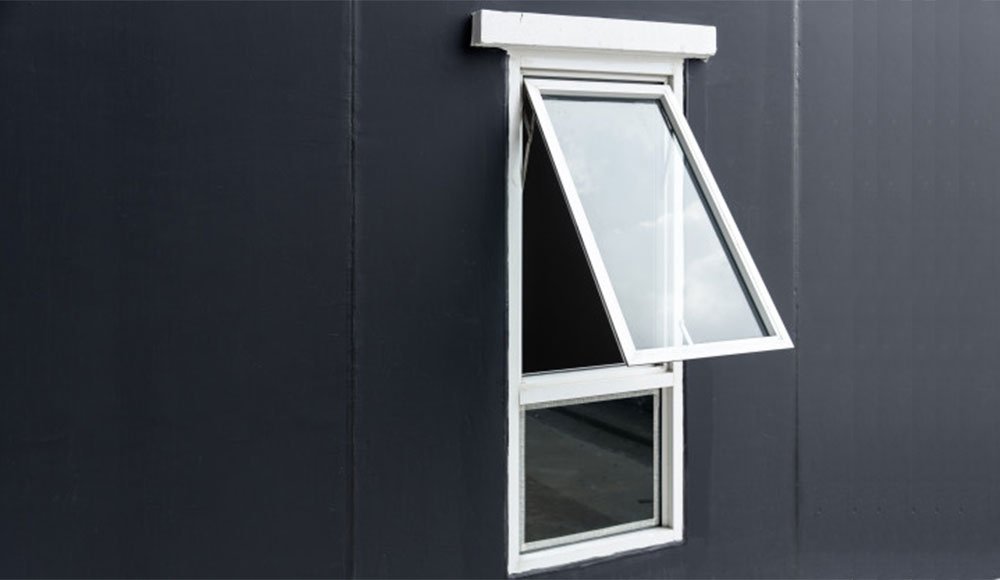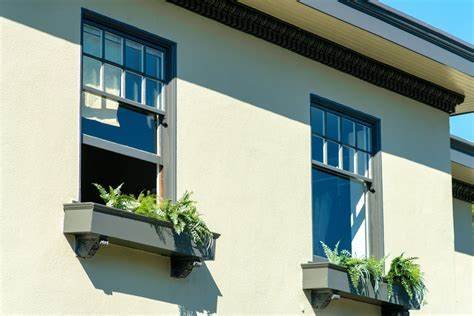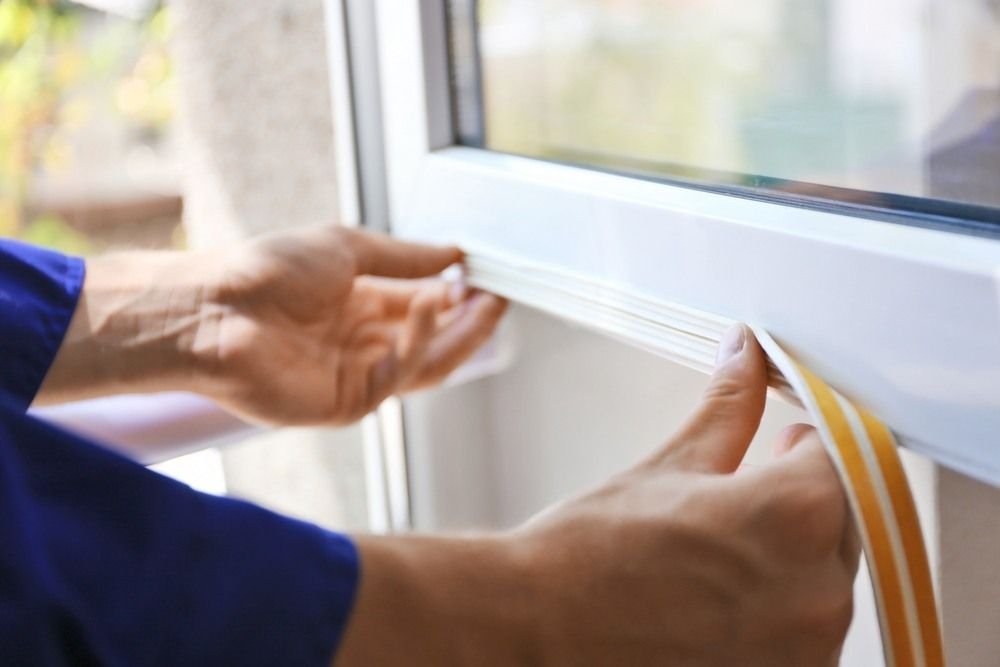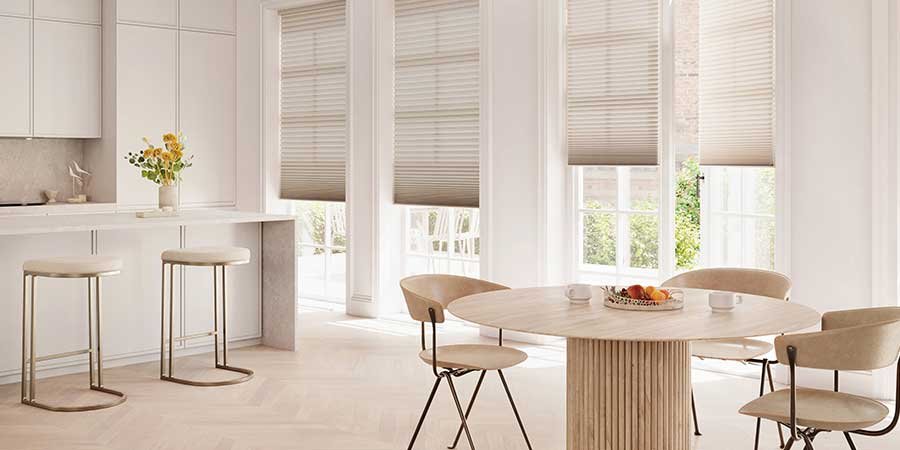Fresh air makes your home feel healthy and comfortable. Choosing the top windows for ventilation can improve airflow, reduce humidity, and make your space more inviting. This article explores the best window styles, materials, and tips to help you choose the perfect windows for your needs.
Why Ventilation is Important
Health Benefits
Good ventilation reduces indoor air pollutants and keeps your home fresh.
Comfort and Coolness
Fresh air keeps your home cool, especially during summer.
Prevent Moisture Problems
Proper ventilation helps avoid mold and dampness.
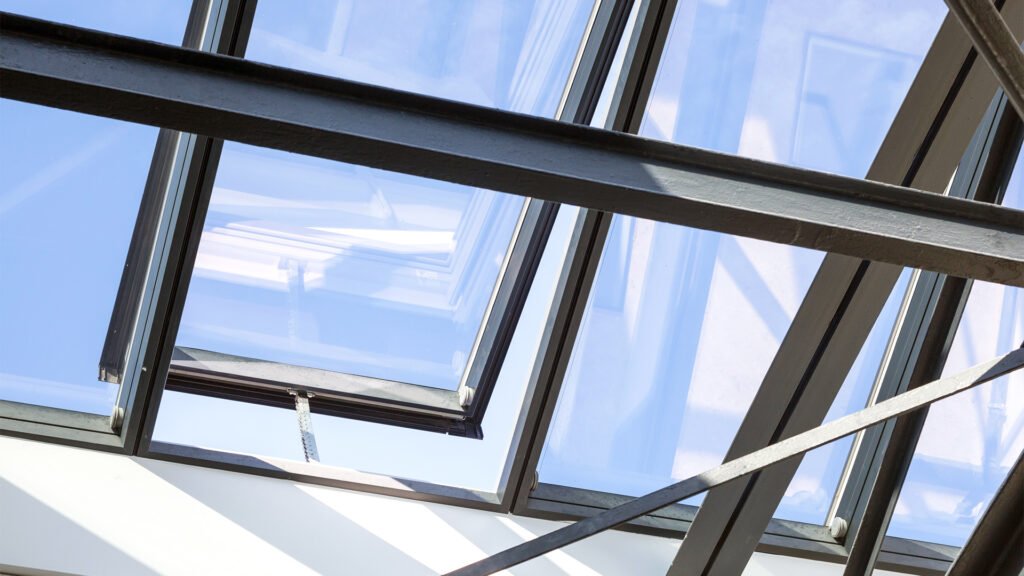
Best Window Styles for Ventilation
Casement Windows
Casement windows are a great choice for maximum airflow.
Why Choose Casement Windows?
- Open fully to catch breezes from any direction.
- Easy to operate with a crank.
- Ideal for kitchens or bathrooms.
Where to Use Casement Windows
Install them in areas where fresh air is most needed, like the kitchen or bedroom.
Double-Hung Windows
Double-hung windows are versatile and excellent for ventilation.
Benefits of Double-Hung Windows
- Both top and bottom sashes open for flexible airflow.
- Easy to clean and maintain.
- Suitable for any room in your home.
Best Rooms for Double-Hung Windows
Use them in living rooms, bedrooms, or offices for style and functionality.
Awning Windows
Awning windows work well in smaller spaces while providing good airflow.
Why Awning Windows Are Great
- Open outward to allow air while keeping rain out.
- Perfect for adding ventilation in tight spaces.
- Great for basements or bathrooms.
Ideal Locations for Awning Windows
Install awning windows in areas with limited wall space.
Sliding Windows
Sliding windows are simple and efficient for ventilation.
Why Choose Sliding Windows?
- Easy to slide open for quick airflow.
- Large glass panels provide plenty of light.
- Require minimal maintenance.
Where Sliding Windows Work Best
These are perfect for hallways, kitchens, or living spaces.
Materials for Ventilation Windows
Aluminum
Aluminum frames are durable and sleek.
Benefits of Aluminum
- Strong enough to support larger windows.
- Low maintenance and weather-resistant.
Vinyl
Vinyl windows are energy-efficient and cost-effective.
Why Choose Vinyl?
- Excellent insulation to keep your home comfortable.
- Available in many colors to match your style.
Wood
Wood offers a classic, natural look for your windows.
Why Wood is Ideal
- Provides great insulation.
- Adds a timeless, elegant touch.
Tips for Choosing the Top Windows for Ventilation
Match Windows to Your Climate
Choose windows that suit your local weather conditions.
Focus on Placement
Place windows in areas where air naturally flows, like opposite walls for cross-ventilation.
Opt for Easy Operation
Pick windows that are simple to open and close for hassle-free ventilation.
Consider Energy Efficiency
Look for windows with insulated glass to balance ventilation and energy savings.
Benefits of Good Ventilation
Improve Air Quality
Well-ventilated spaces reduce dust and allergens, improving health.
Save Energy
Natural airflow reduces the need for fans or air conditioning, saving energy and money.
Enhance Comfort
Fresh air creates a more pleasant indoor environment.
Common Mistakes to Avoid
Ignoring Airflow Direction
Place windows strategically to maximize natural breezes.
Choosing the Wrong Style
Not all windows provide the same level of ventilation. Consider your needs before deciding.
Overlooking Maintenance
Ensure the windows you choose are easy to maintain and clean.
How to Improve Ventilation with Existing Windows
Add Window Screens
Screens let air in while keeping insects out.
Use Ventilation Fans
Combine fans with open windows to boost airflow.
Keep Windows Clean
Clean windows allow better airflow and light.
Conclusion
The top windows for ventilation bring fresh air and comfort to your home. Whether you choose casement, double-hung, awning, or sliding windows, each option has unique benefits. Focus on the right style, materials, and placement to enjoy better air quality and a more comfortable living space!







